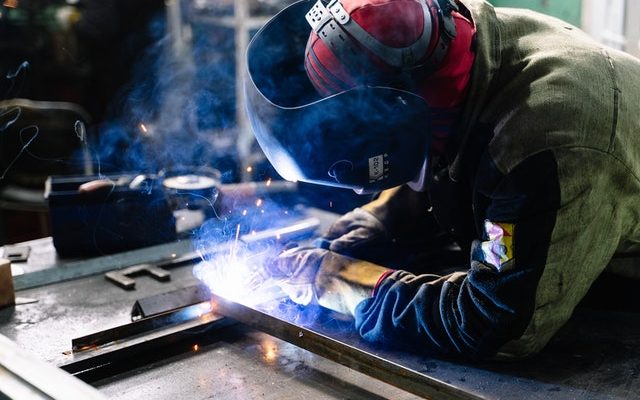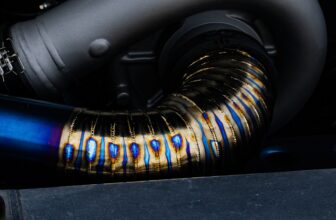In our opinion, MIG welding is just the easiest way to join two metal parts together, but it can also be frustrating if you are having trouble getting getting welds. In this blog post, we will discuss top 3 common MIG welding problems and how to fix them.
Top 3 most common MIG welding problems
High porosity
There can be many problems that occur during MIG welding in general. One of the biggest problems can be porosity. Porosity happens when the gas is trapped in the weld metal which creates cavities in the metal, causing its quality to degrade.
Porosity is a common problem in welding, and it can be caused by several factors. The most common cause of porosity is contaminated metal. This can happen if there is rust on the metal or if the metal has been exposed to oils or chemicals. To fix this problem, you will need to clean the metal before you weld it.

Low wire speed
If your welds are inconsistent, the wire speed is likely too low. Low speed can cause the arc to be unstable, which will result in an inconsistent weld. To fix this problem, you will simply need to increase the speed of the wire.
Another big problem regarding MIG welding is the improper bead profile in which a convex-shaped bead is formed. This may indicate that there is insufficient heat provided for the penetration into the base metal. If you struggle to identify the correct beads to use, use our guide for help.
Reduce splatter by being consistent
Consistency with steady hands is the key to reducing spatter during your MIG welds. Being consistent with your wire speed could reduce spatter by tenfold. The more consistent you get during wire speed, the less spatter you should see in your welds.
So that means all you need is experience and a good welding grip, which usually comes with time. Other reasons for splatter might be the metal you are welding is not applicable for welding, which could cause spatter. Some metals or alloys might have non-weld-able components that make it difficult to weld. So by simply switching to a weld-able metal, or finding a workaround, you can reduce spatter without having to go through the trouble of welding metals that are never meant to be welded.
Conclusion to most common MIG welding problems
From the outset, it may seem that MIG welding is a lot easier to learn than other welding methods. Knowing the fundamentals of welding still takes a bit of time however. Even if you are a beginner or a semi-pro.
If you’ve been having trouble with your welds, we hope that this blog post has help just a little bit to identify the problem and fix it. Thank you for reading.






